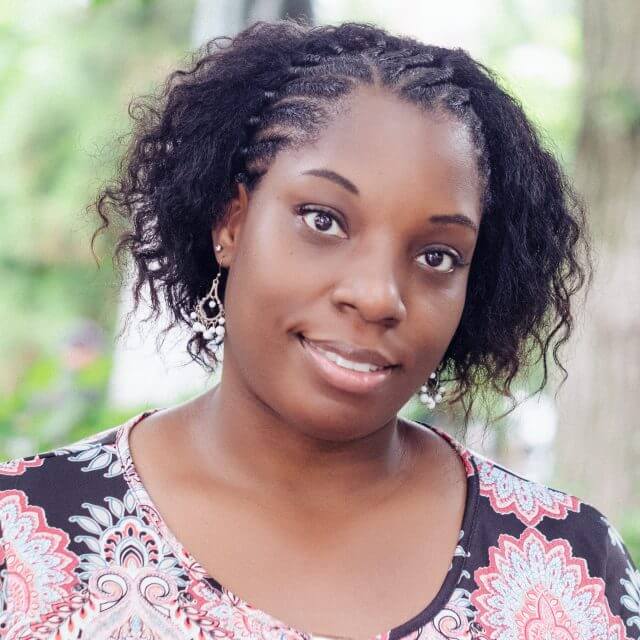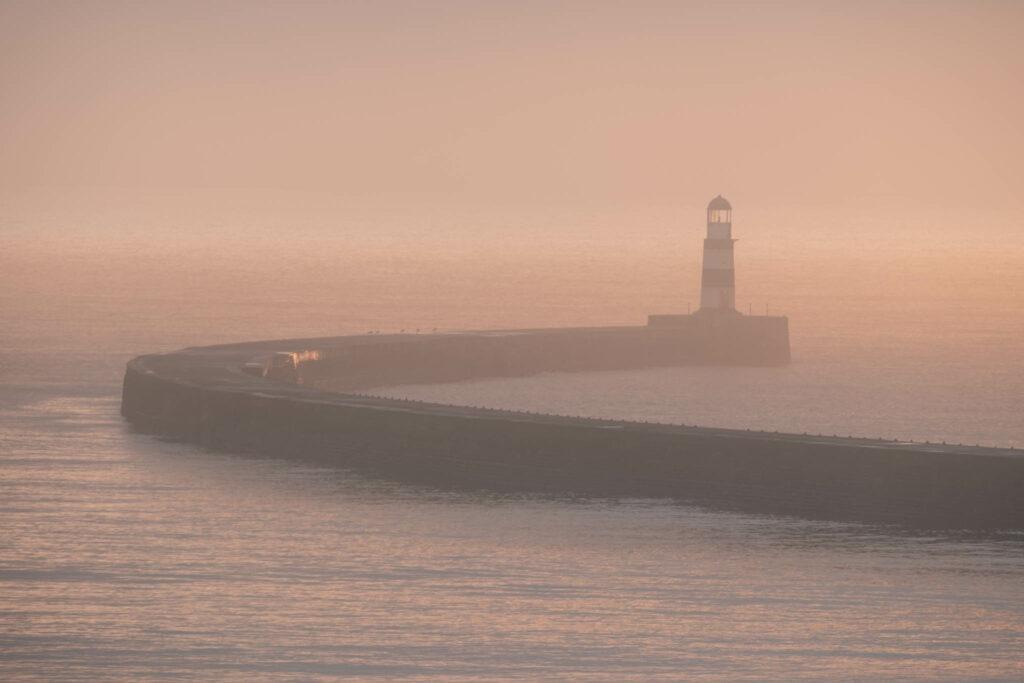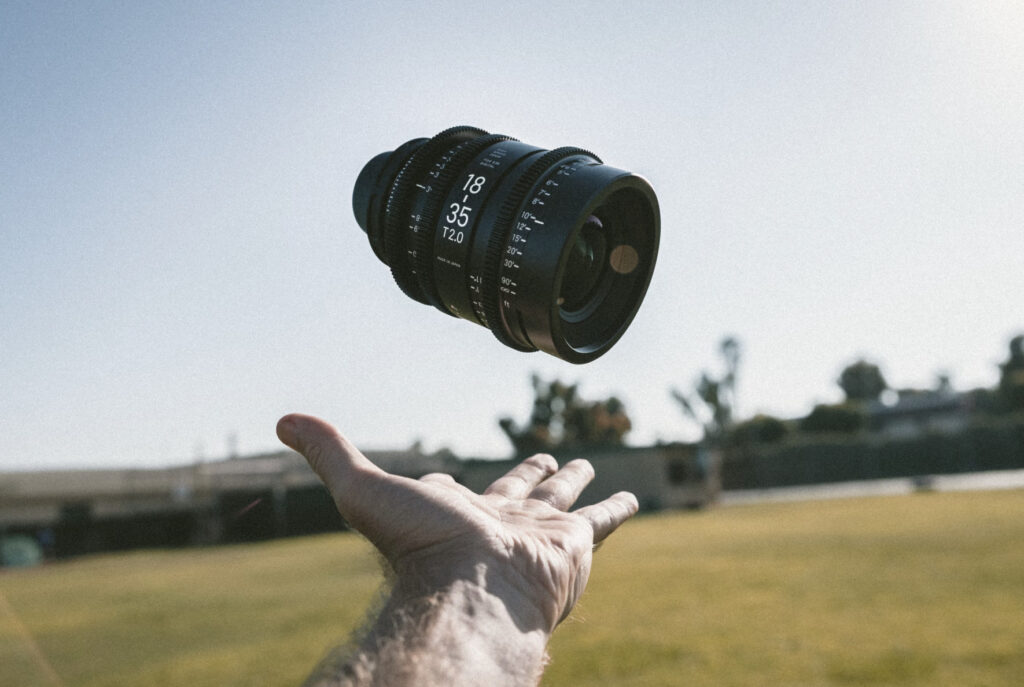Despite the ceaseless technological advancements that have become a hallmark of the digital photography industry, there remains a segment of photographers of all skill levels who enthusiastically keep at least one foot in the analog world. One example of this phenomenon can be seen in the steady resurgence of all things film related. Another example is the use of vintage lenses with modern digital cameras. This apparent clash of technologies may not make much sense to the uninitiated, but rest assured that there are those who swear by this intermingling of old and new. If you’ve ever thought about putting a legacy lens to use on your DSLR or mirrorless camera, the following tips will help you find success in getting the most out of such a setup.
Vintage Lenses Are Manual Focus Only
Vintage lenses are…old. They come from a time before autofocus was a thing. Knowing how to focus manually and accurately was once a fundamental skill, a skill that has understandably been lost on the generation of photographers that has only known digital gear. But if you intend to use an older lens on your digital camera you should definitely spend some time working on your manual focusing prowess. Or you can just take advantage of your camera’s focus assist options such as focus zoom and focus peaking. There’s still a learning curve but these aides will definitely help you get the job done.

Vintage Lenses Must Be Adapted To Your Camera
Old lenses typically do not fit directly on modern cameras. There are a small handful of exceptions such as Nikon’s F Mount and Pentax’s K Mount that can fit directly on current Nikon and Pentax cameras. Otherwise, you will need to purchase an adapter. Just look for an adapter that matches the lens mount of your camera body and the brand of lens you want to mount. Want to attach an Olympus OM lens to your Sony a7II? There’s an adapter for that. Got a Canon FD lens you want to pair with your Fujifilm X-T2? There’s an adapter for that. You will discover that adapter for mirrorless cameras are in greater supply and cover a greater range of lens and mount options as compared to what’s available for DSLRs. In short, this comes down to the fact that compact system cameras have a short flange back distance (since they don’t have a mirror), which gives these cameras a significant advantage over DSLRs in this area.

Communication Is Limited
Digital cameras and their native lenses pass all sorts of information back and forth as you use them — metering, aperture, shutter speed, ISO, focus mode, focal length. Nothing is left out. Once you put a legacy lens on your camera, however, there is no communication between lens and camera. The camera will still register parameters like shutter speed and ISO, but don’t expect to get a full array of exif data.

Shooting Mode Options Are Reduced
If you’re accustomed to having a full range of shooting modes to choose from — aperture priority, shutter priority, program, fully automatic and fully manual — understand that the automatic and semi-automatic modes are out of play (though you can essentially use aperture priority). Being forced out of a high degree of automation could actually help you master exposure, so I don’t consider this a dire consequence of using vintage lenses but it’s something everyone should be aware of going in.

You Still Have To Account For Crop Factor
The vintage lenses that most people are interested in were made for 35mm cameras, the equivalent of what we refer to these days as “full frame.” If you intend to use one of these lenses on a camera with APS-C sensor you still have to consider crop factor; so a 28mm legacy lens will provide the field of view of a 42mm lens on a camera with a crop factor of 1.5.

Final Thoughts On Using Vintage Lenses With A Digital Camera
Vintage lenses are “old” but not obsolete; they’re affordable, small and capable of producing great (sometimes quirky) images. Of course there are exceptions and variations to some of the points outlined here and there are certain risks inherent to buying and using old camera gear. The upside, though, is that vintage gear can spark creativity, provide a more tactile shooting experience and take care of that nagging gear acquisition syndrome without breaking the bank. Most of all, vintage lenses are fun to use.





3 Comments
makale için teşekkür ederim. Minolta 600si classic kullanıyorum.Sony nex6 da pentacon 29mm f2.8 kullanıyorum.
Why single out 35mm lenses as being affected by the crop factor? Crop factor affects all lenses the same.
Can it cause a problem if the camera body is left in autofocus mode while the lens is capable of manual focus alone.